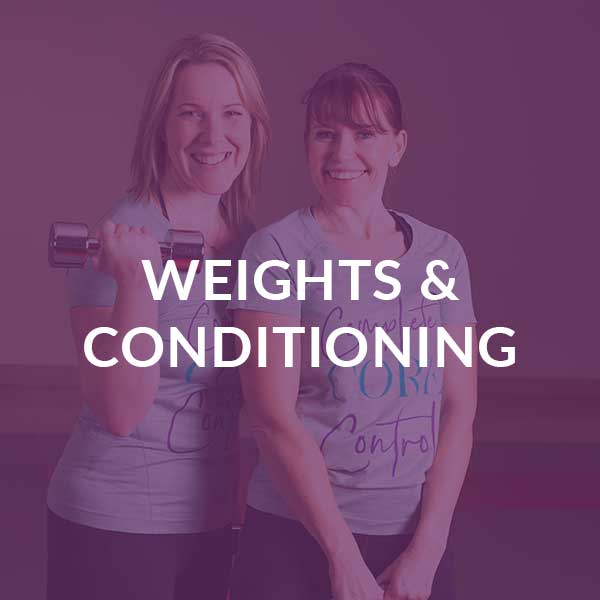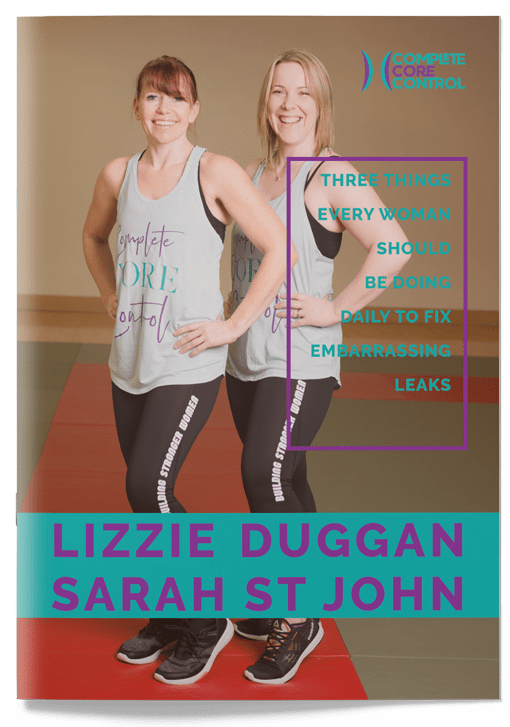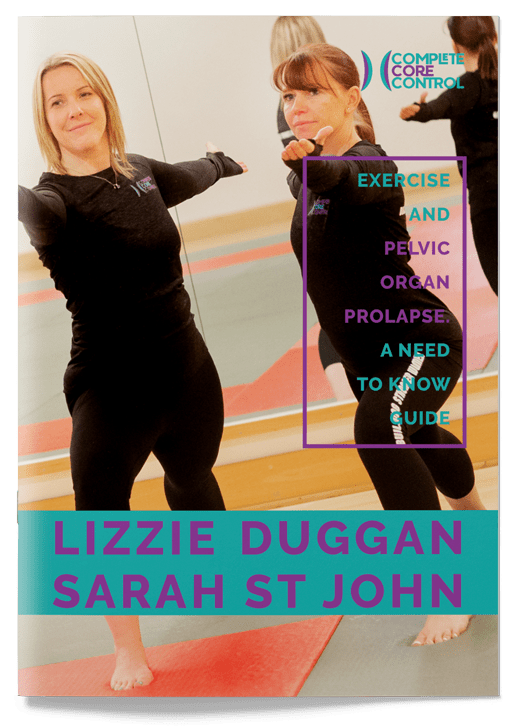Add to this the fact that as we age the female body and our bones benefit from weight baring exercise, there is even more reason to change the way we think about lifting weights.
However, some of the old skool lifting techniques are not advisable for women.
We have different internal anatomy and stresses on our bodies compared to the boys so when I see these articles talking about breathing into the belly and pushing down as you lift, I get a little crazy and start shouting at the screen!!! Us girls need to really control our abdominal pressure when we lift something heavy. If we push down, bare down into our abdominals you are pushing down on to your pelvic floor, uterus, bowel and bladder. If we already have a core weakness, we are at risk of making the situation worse by lifting these weights before we get the core strong.
This is not just exclusive to the gym, any heavy lifting needs to be controlled including in the work environment, in the garden or at home.
Lifting weights and toning your body has many advantages:
The more muscle you build the more efficient your fat burning capabilities
By strengthening the muscles, we can help with joint stability and injury
So, whether you want to keep your bones strong as you age or want to take up weight training to build more muscle tone the principles are the same.
Be aware that as you lift you need to breath into your rib cage and engage your abdominals!! Ok stop right there who has heard that phase before and thought what exactly does that mean? Think of the muscles around your waist, running down the centre of your tummy, running across from hip to hip and supporting your back as a corset an outer protective layer of muscle. If you contract these muscles when you lift, they will activate your core helping you lift. So, some instructors will say brace your core, pull in your belly button, zip up your abdominals, basically they mean contract that outer corset. By contracting these core muscles and breathing up in to the rib cage you are reducing the amount of pressure you put into your abdominal cavity. The heavier the item you are lifting the higher the chance you may naturally start to bare down so really focus on what’s happening. As you lift if you start to push down then stop, the weight is too heavy for now build up to it over time. Just because you can’t lift it now doesn’t mean you won’t be able to build up to that strength over time.
For those of us looking to keep our bones and bodies strong as we age then the technique still applies but more commonly the focus is on moderate weights and using endurance to build our strength. But I am a firm believe in not letting age dictate what and how you train.
When we start working with women our key focus is addressing any core weakness. The Revive course means we can coach women over three months helping them to put structure in place to rebuild and then maintain core strength so they can return to a healthy, happy, active life.
If you would like some help or are interested in adding some weights into your life then please get in touch.








